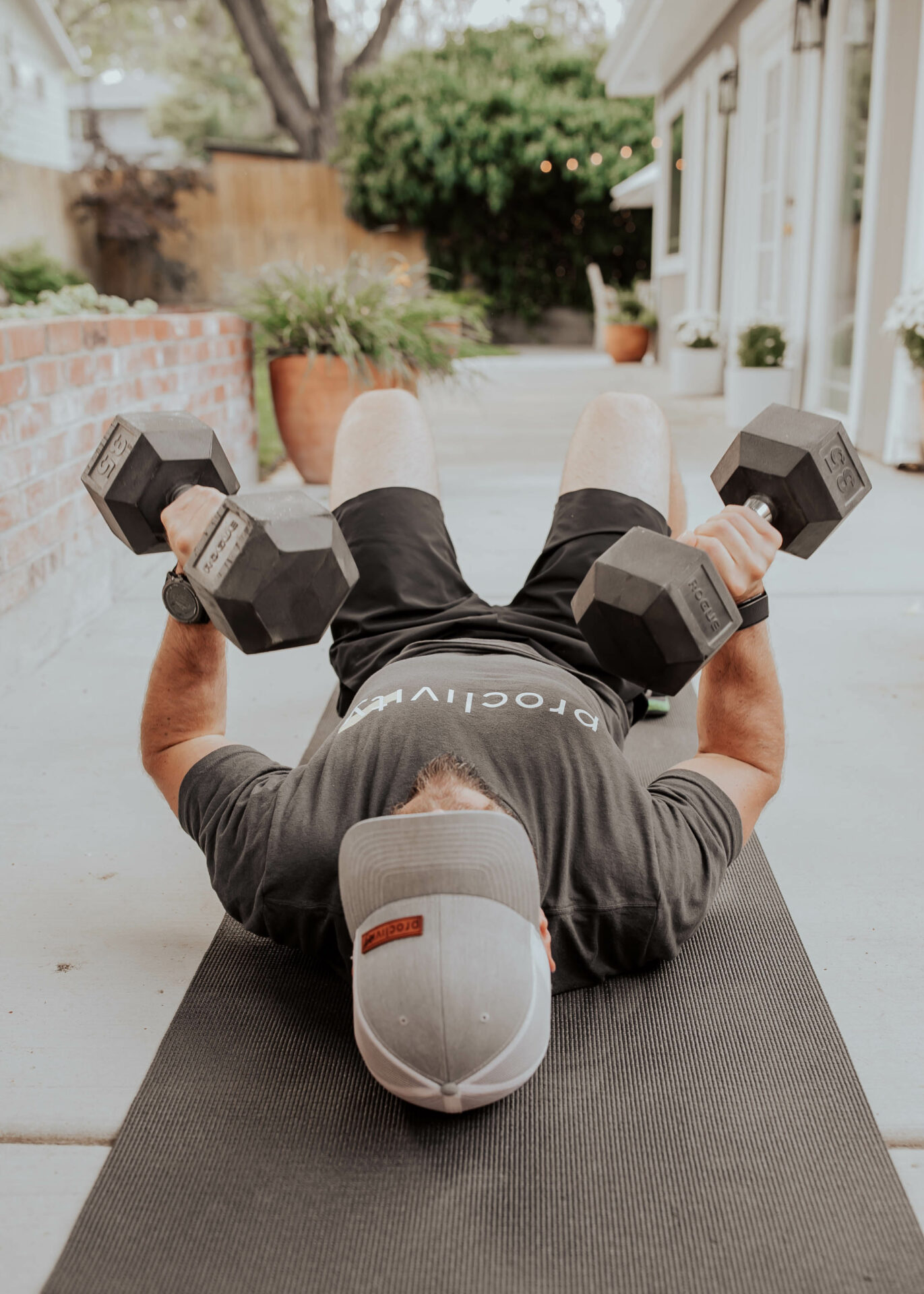You may know about the typical ways to reduce pain – rest, ice or heat, and stretching, but what is at the root cause of back pain? Because if we don’t address that, it will keep coming back. If you want to find more about the root cause issues with chronic back pain, check out episode 105 on The Proclivity Podcast. Otherwise, if you want to take action now, gain metabolic flexibility and have less pain, here you go…
What To Do To Decrease Back (or any) Pain:
Storywork. Do you find yourself being a “worrywort”? Feel like you can’t sit down and relax? If so, these things are causing your body stress, whether you recognize it or not. And in order to change those stress inducing habits, we need to change our identity. Go from “You know me, I just worry all the time”… “I recognize where my past worries come from, and now let go of what’s out of my control.” And one of the best ways to do this is to write it out! With a coach or on your own! Start with that feeling that you tend to get that causes the emotional or physical stress. We’ll keep with “worry” as the example. Think of a time you were really worried. Write that story out from start to finish. THEN, read it out loud. THEN, read it out loud, but way slower, and pause between every period and comma. BREATHE. Any chance you get, breathe. Just that alone may dispel some anxiety. You can go a step further and take out any projections, negations, or soft talk and really see the story for what it is, yet simply writing it down and reading it out can give you a whole new perspective on it so you can move forward holding on to less.
Set boundaries. AKA manage stress via keeping your day and week simple and slower moving. Being on the go leads to more inflammation and less “rest and digest”. So, less rushing, less people pleasing – more calm, controlled, and in a parasympathetic state that allows for healing. This may look like blocking off time to eat your lunch each day, getting to bed on time, or getting movement in. Could be asking someone for help to complete a task (coworker or spouse!). It could be simply saying “no” more often. Less is more people! Your health depends on it if you find yourself “go go go” daily.
Learn proper technique. Are you sitting (or standing) at a desk all day? Or picking up children often? If so, these are repeated movements (or stagnations) that will have an impact on your body. To help with this, we can hire a personal trainer to help teach us proper posture, technique with lifts, and ways to pick up and put down our kid (or boxes, groceries, lawn furniture, etc). You can have a friend look at your technique or record a video. We also recommend either going barefoot at some point in your day, or at least swapping out your shoes to flatter, more minimal ones to help spread your toes out, and build strength in you feet, ankles, and up your leg to help build a sturdier foundation and prevent injury.
Strength training. If we don’t have the strength to catch a trip or fall, we may break a bone or get seriously injured more easily. If we don’t have the strength to do daily tasks properly we will develop an imbalance. Make it a priority to get some form of strength training in at least 2x/week, ideally 3-4x. This could be walking with a weighted vest up a small incline (or hike). It could be doing some squats and deadlifts with a dumbbell or kettlebell (or use resistance bands). Or go to the local group class to get more direction if that helps you (we have a 30 day free dumbbell program too if you want in, shoot us an email joel@proclivity.co!).
Daily movement. More importantly than getting your daily HIIT workout in, is how we are moving our body throughout the day. For example, how many steps are you getting in? If below 5,000, shoot to raise that a 1,000 each day per week for the next month, see how that feels! If you tend to sit (or stand) for long periods of time, see how you can move more in that time period. A sit/stand desk can help if you use it. Taking a daily walk or 2 in the middle of your stagnation can help a ton. Shifting positions, mobilizing, doing a few lunges or push ups, playing with your kids, etc. You can also go see a body worker if you have trouble getting to tight spots. We are huge fans of acupuncture, physical therapists, pilates reformer work, dry needling, chiropractic care, etc. Oftentimes they can act as accountability alone!
Ok, so now that you have given you 5 tips, start with one. Start somewhere. Start with either something that sounds easy to implement, OR, something that you don’t do much of or that you haven’t tried. That could make a big change for you! Let us know how it goes, and shoot us a message or book a FREE Clarity call with us where we can chat about it and give you at least another piece of tangible advice on anything health related!



